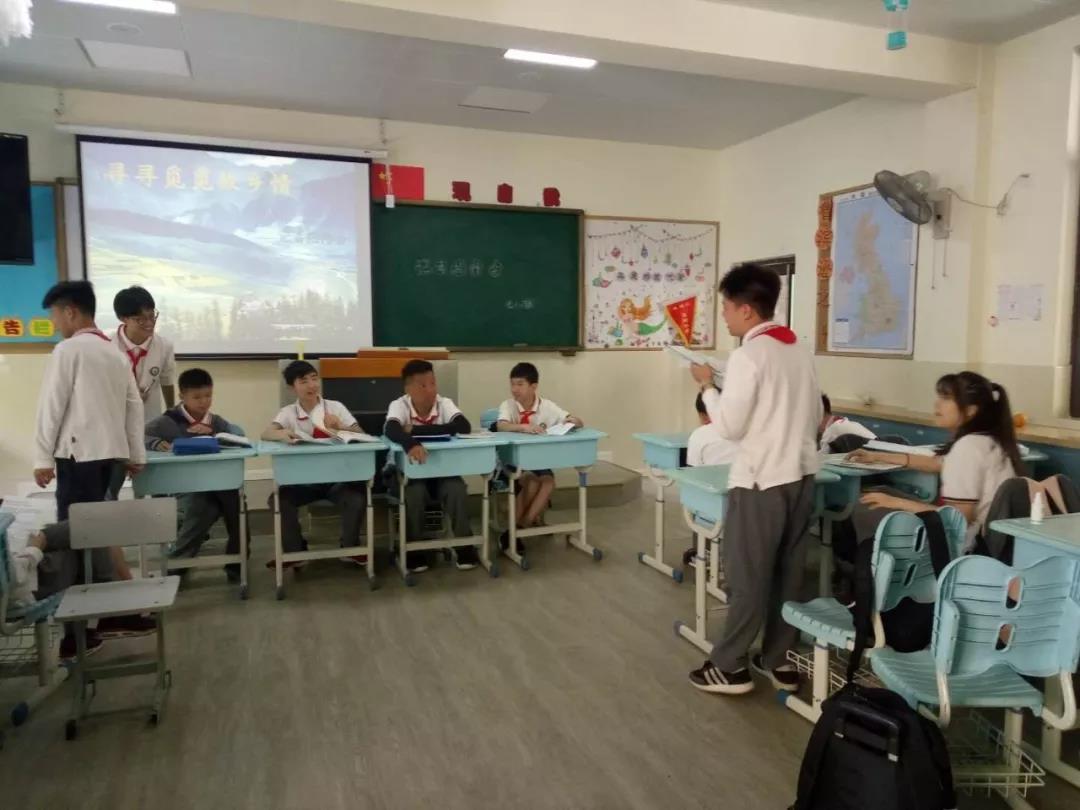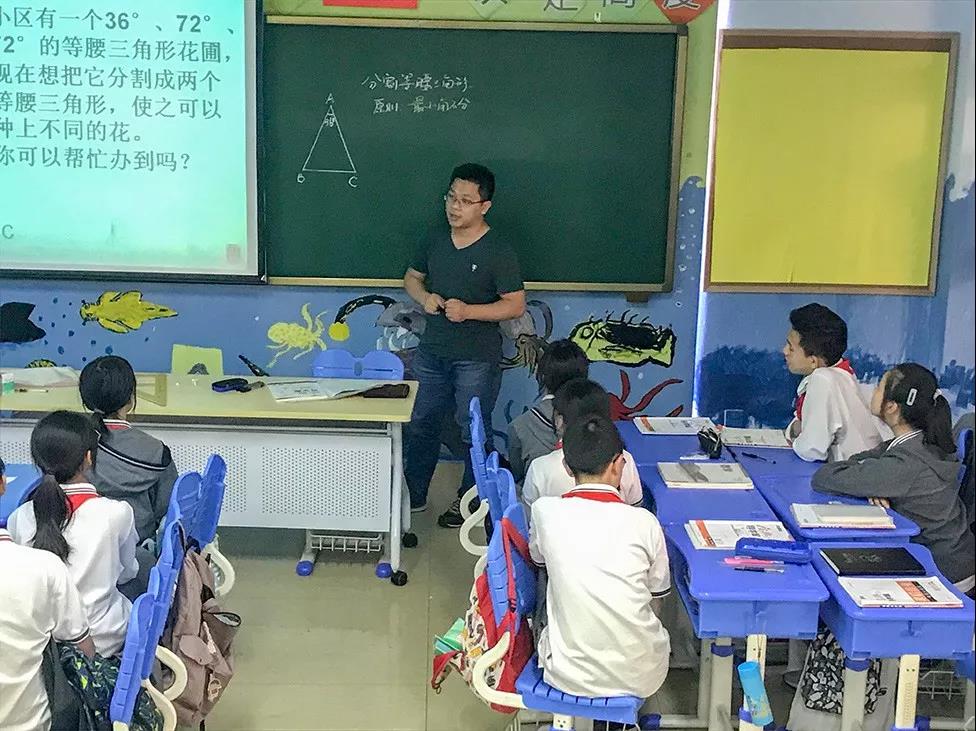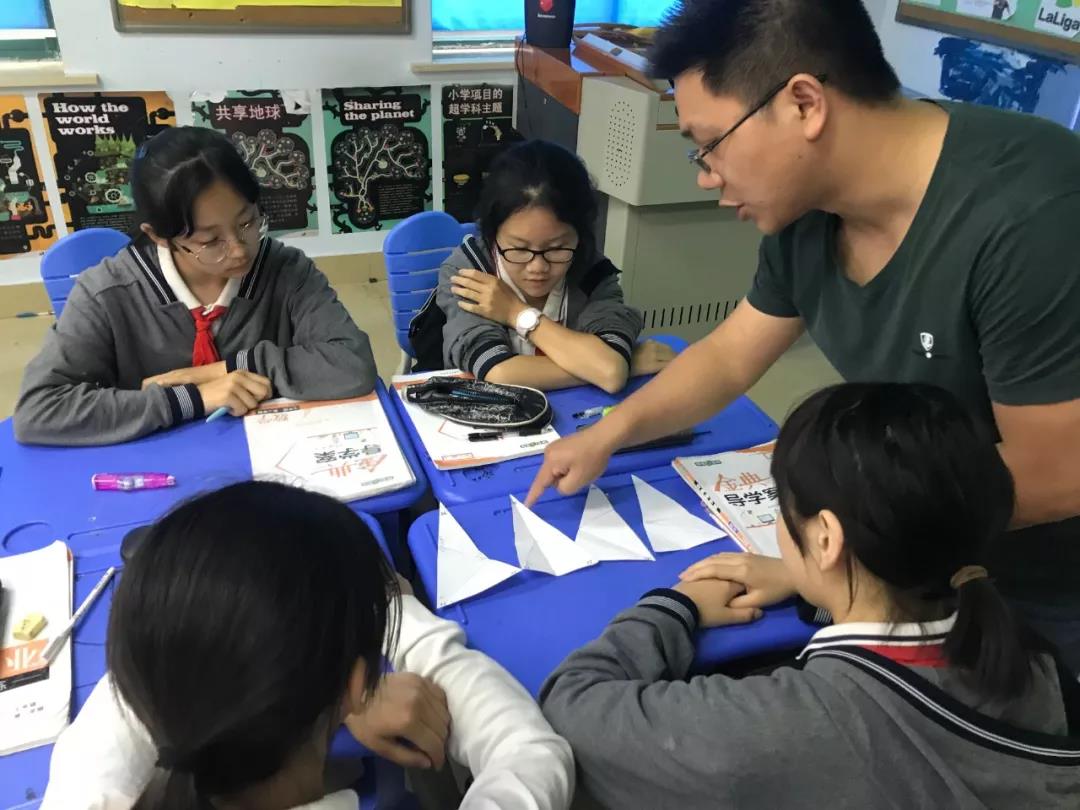Language Literature
For the summative assessment, the teacher made a setting of a press conference for the students. Some students played the authors, and talked about the influence of their hometowns on their growth, and how they missed their hometowns after leaving. After the press conference, the class created a paragraph with the theme of "Homeland Feeling", which was analyzed and commented on by the class and the teacher. Finally, the students expanded their paragraph into a complete article.
Language Acquisition
The students inquired how to survive in extreme areas, such as rainforests, polar regions, jungles, deserts and oceans. Students did research on what special animals and plants are in these areas, and the area’s climate. According to the information they found, they created their own shoe box including these elements. After that the students inquired how to survive in such extreme regions.
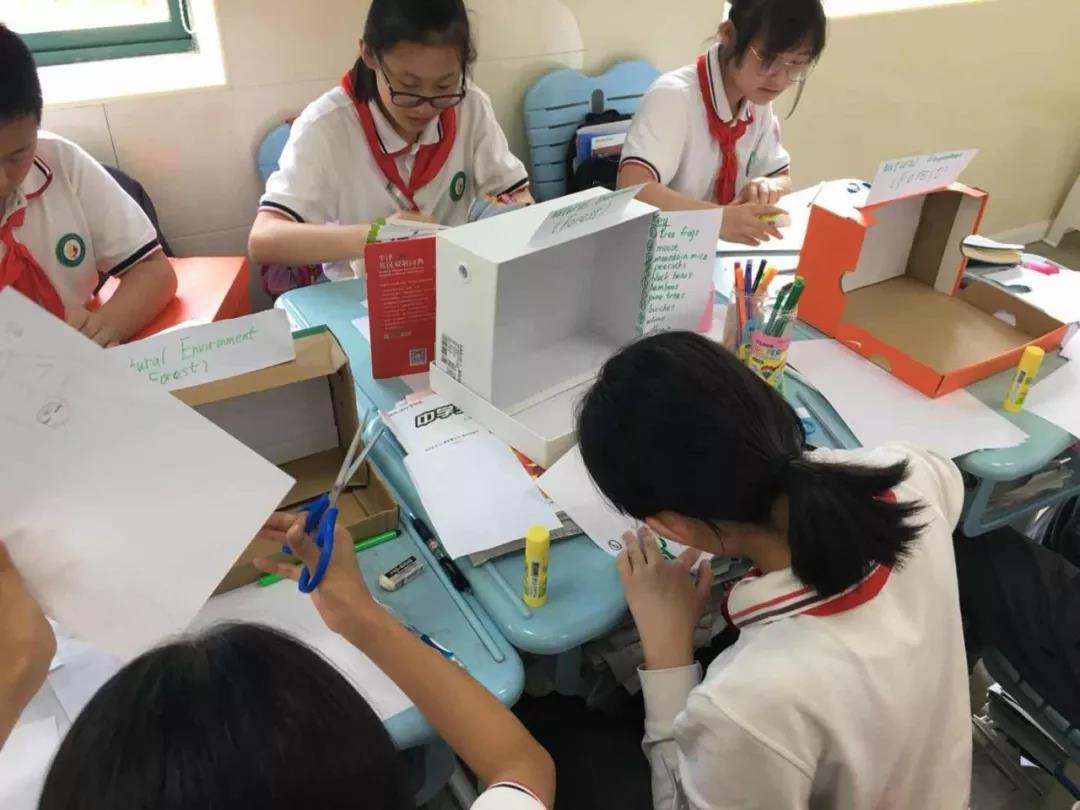
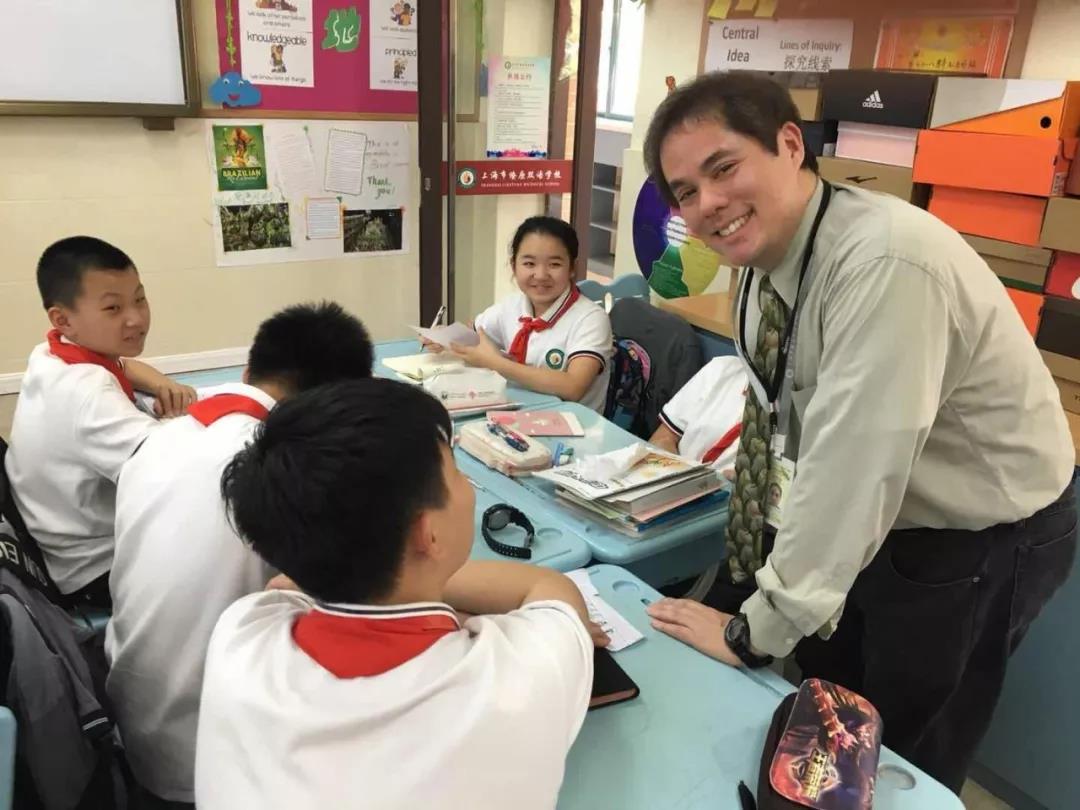
Individuals and Societies
This week, the students learned about climates around the world, identifying temperature and precipitation charts. According to the The World's Livable Cities in 2018, students discussed how temperature and precipitation can make cities livable and not livable. Students connected the knowledge with actual life situations, and developed the ability to read pictures and analyze problems. Finally, the teacher guided students in understanding the impact of climate on the natural environment and human activities, and cultivated students' view of human-earth coordination.
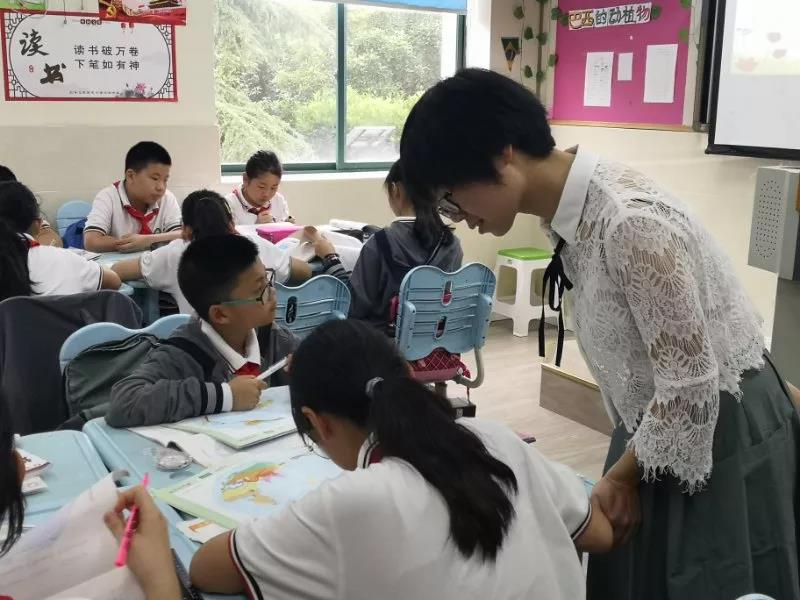
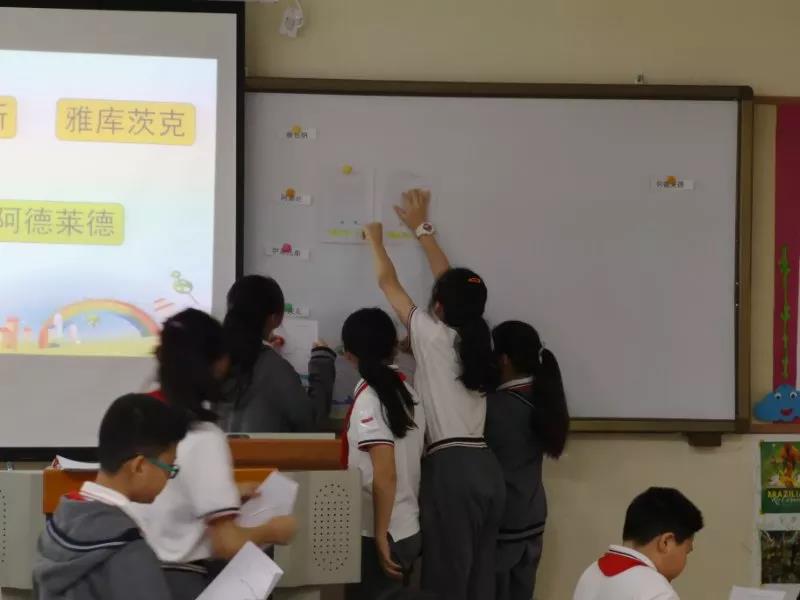
Mathmatics
By using the practical problem of dividing a garden, the students explored geometry, specifically how a triangle can be divided into two smaller isosceles triangles. In order to cultivate students' ability of group cooperation and practical operation, each student had an isosceles triangle with a top angle of 36 degrees and discussed how to divide it. The students explored and summarized how to divide it into 3 smaller isosceles triangles by themselves. The students also looked into four special cases where vertex angles can be divided into two smaller isosceles triangles.
